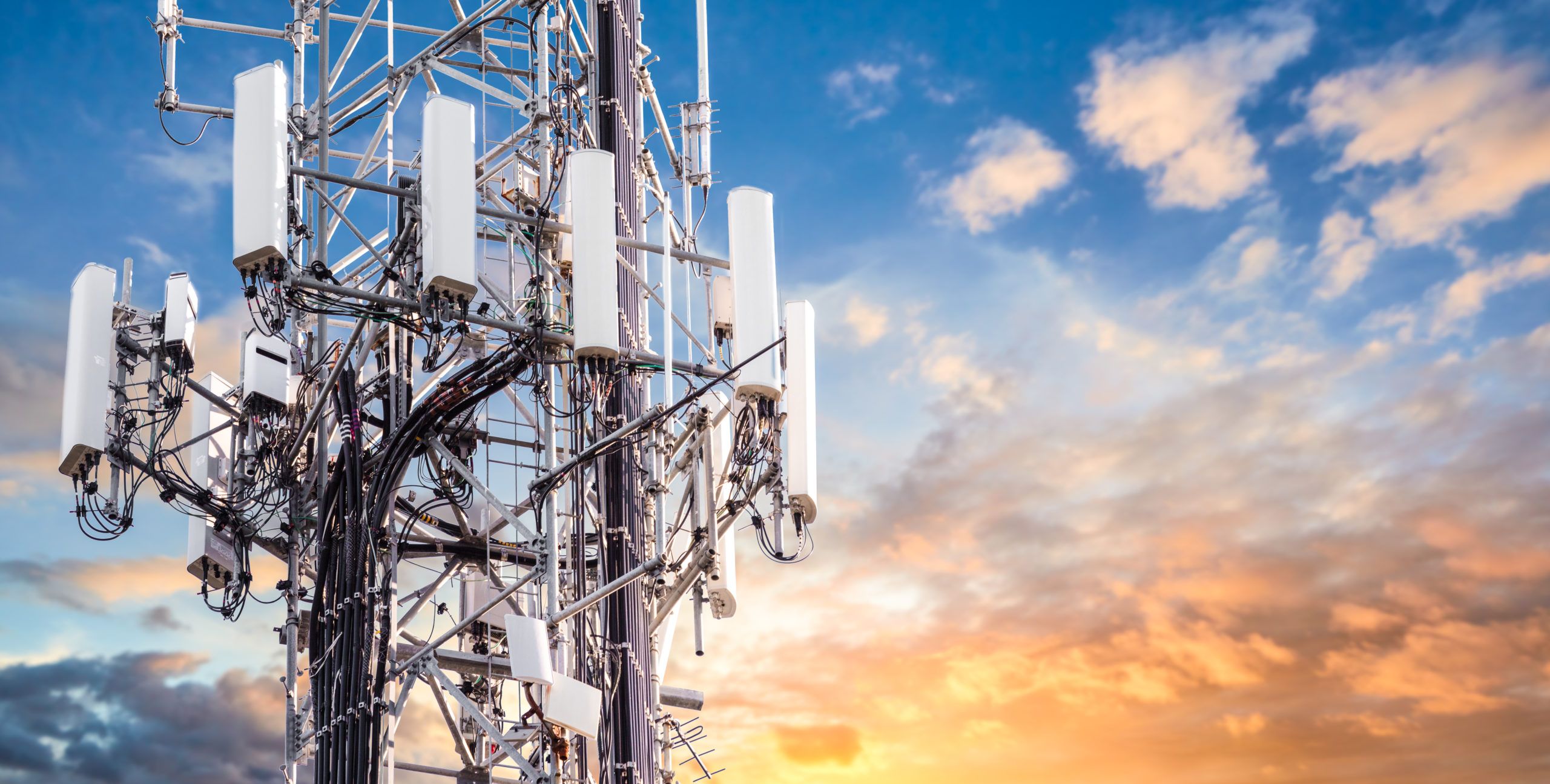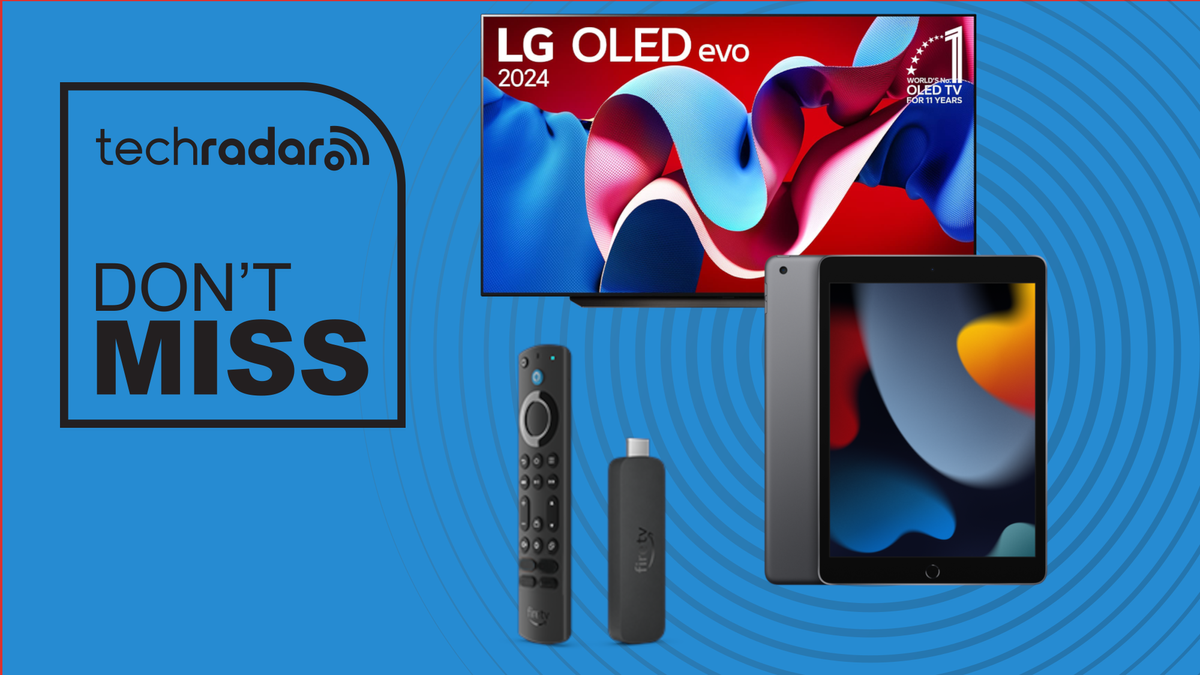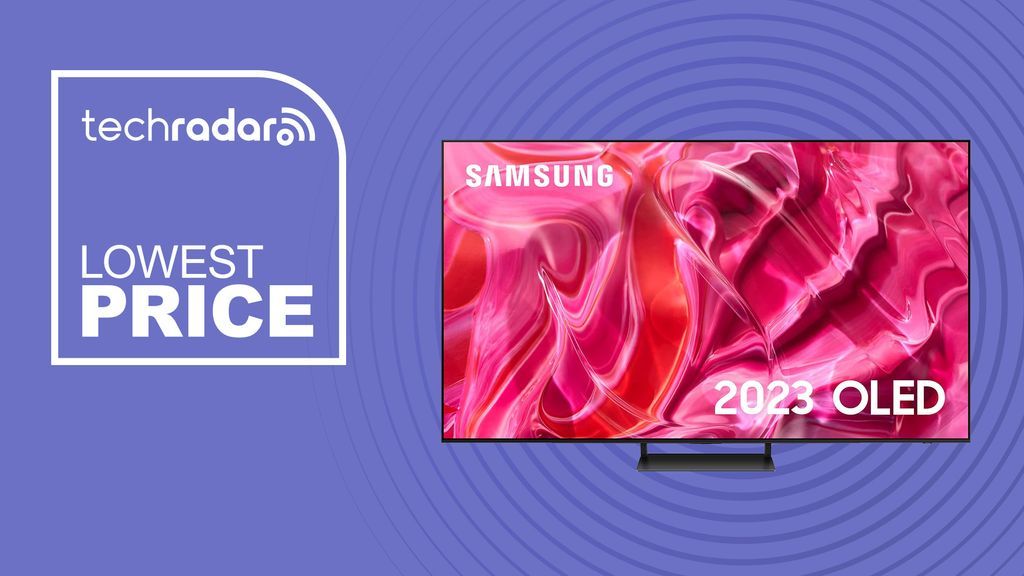Industry opportunities driven by developments in 5G Standalone, 5G-Advanced, IoT and enterprise AI, GSMA Open Gateway and achieving new revenue through the BCE standard
February 28, 2024, Barcelona: New figures from GSMA Intelligence (GSMAi) show that 5G connections are expected to account for more than half (51%) of mobile connections by 2029, rising to 56% by the end of the decade, making 5G the dominant connectivity technology. 5G has been the fastest mobile generation deployment to date, surpassing one billion connections by the end of 2022, rising to 1.6 billion connections by the end of 2023 and 5.5 billion in 2030.
As of January 2024, 261 operators in 101 countries had launched commercial 5G services and more than 90 operators in 64 markets had committed to deploying them. Of the 261 commercial 5G services available, 47 are provided by standalone (SA) 5G networks, with a further 89 deployments planned in the near term that will take advantage of network slicing, ultra-reliable low-latency communications support and the simplified 5G SA network. architecture.
The growth of available 5G SA networks and improved support for private and dedicated networks will support a large number of connected devices and help realize the global IoT vision for the enterprise. GSMAi data shows that the enterprise segment now has 10.7 billion IoT connections (vs. 10.5 billion consumer connections) and this momentum is expected to continue, with enterprise connections more than doubling to 38.5 billion by 2030 and smart buildings and manufacturing will account for 34% and 16%. % of total business connections respectively.
Beyond 5G SA, the availability of 5G-Advanced with 3GPP Release 18 will be another key 5G milestone in IoT delivery, providing the catalyst for further investments in 5G throughout 2024 and into 2025. GSMAi data shows More than half of operators expect to begin deploying 5G-Advanced within a year after commercial availability of 5G-Advanced solutions, driven by priority use cases such as 5G multicast services and low-cost IoT support. cost.
GSMAi predicts that mobile data traffic will quadruple by 2030, with 5G coverage and capacity expansions playing a prominent role, demonstrating the importance of continued infrastructure investments. Global monthly mobile data traffic per connection is forecast to grow from 12.8 GB in 2023 to 47.9 GB in 2030.
The increasing use of generative AI (GenAI) (56% of operators are currently testing applications) will also likely drive this growth. This will be driven by applications including the use of GenAI-enabled chatbots for customer service efforts or the continued growth of AI-generated video and music content.
Peter Jarich, director of GSMAi, said: “The initial success of 5G was driven by enhanced mobile broadband (EMBB) and EMBB-related network traffic requirements. However, while consumer requirements will continue their trajectory, we are now seeing use cases beyond that. Opportunities are now emerging in areas including API monetization and 5G RedCap for enterprise IoT, all supported by 5G-Advanced and 5G SA networks. 5G SA brings home the initial promise of 5G, particularly when slicing, low latency and massive IoT capabilities tied to enterprise service needs can be met. 5G-Advanced will only expand this further.“
Realization of income
New use cases will generate new revenue streams for operators, which in turn brings a new approach to billing for 5G services. As more 5G SA networks become available, a new billing standard was needed to support the deployment of advanced network services and the flexible billing process offered by 5G SA cores.
The GSMA worked with its members, including AT&T, Deutsche Telekom, Swisscom and Vodafone, to develop and launch a new Billing and Collections Evolution (BCE) standard to replace Transferred Account Procedures (TAP). The BCE standard represents a simplified charging model and will be a requirement for operators looking to deploy 5G SA networks and deliver value from wholesale roaming settlement across 5G, LTE and IoT operational efficiency.
Network API Marketing
Exposure to network APIs offers operators another route to maximize the return on their 5G investments and generate revenue beyond the traditional approach of selling connectivity services. GSMA Open Gateway now allows operators to harness the full potential of new capabilities built into 5G networks. In the 12 months since its launch, 47 mobile operator groups (representing 239 mobile networks and 65% of global connections) have committed to exposing their network APIs through CAMARA.
Work with technology partners including AWS, Infobip, Microsoft, Nokia and Vonage; There are currently 94 APIs commercially available to enterprise developers around the world.
– ENDS –
Notes to editors
GSMA Intelligence @ MWC Barcelona 2024
Learn more about GSMA Intelligence at the GSMA Pavilion in Hall 4 or visit GSMAIntelligence.com.
Join us at The 5G Future Summit at MWC Barcelona 2024
The 5G Futures Summit at MWC Barcelona 2024 invites attendees to learn how 5G is shaping the future of mobile operator services and the broader business landscape. Taking place on the 3rd, the Summit will consist of three sessions exploring the key themes that will drive the 5G era in 2024 and beyond. Topics covered will include monetization of 5G, 5G SA and 5G-Advanced, and the role of edge computing and private networks in unlocking new revenue streams.
Speakers will represent organizations such as Chenosis, Cisco, Deutsche Telekom, Etisalat by e&, Huawei, Microsoft, Nokia, Qualcomm, Telefónica, TIM, Verizon and Vonage.
About GSMA Intelligence
GSMA Intelligence is the definitive source of global mobile operator data, analysis and forecasts, publishing authoritative industry reports and research. Our data covers all operator groups, networks and MVNOs in every country in the world, from Afghanistan to Zimbabwe. It is the most accurate and comprehensive set of industry metrics available, comprising tens of millions of individual data points, updated daily. Leading operators, providers, regulators, financial institutions and third-party industry players rely on GSMA Intelligence to support strategic decision making and long-term investment planning. The data is used as an industry benchmark and is frequently cited by the media and the industry itself. Our team of analysts and experts regularly produce innovative research reports on a variety of industry topics.
About the GSMA
The GSMA is a global organization that unifies the mobile ecosystem to discover, develop and deliver critical innovation for positive business environments and social change. Our vision is to unlock the full power of connectivity so that people, industry and society thrive. Representing mobile operators and organizations across the mobile ecosystem and adjacent industries, the GSMA offers its members three broad pillars: connectivity for good, industry services and solutions, and outreach. This activity includes advancing policy, addressing today's biggest societal challenges, supporting the technology and interoperability that make mobile devices work, and providing the world's largest platform to convene the mobile ecosystem at the MWC and M360 series of events.
We invite you to learn more at gsma.com









